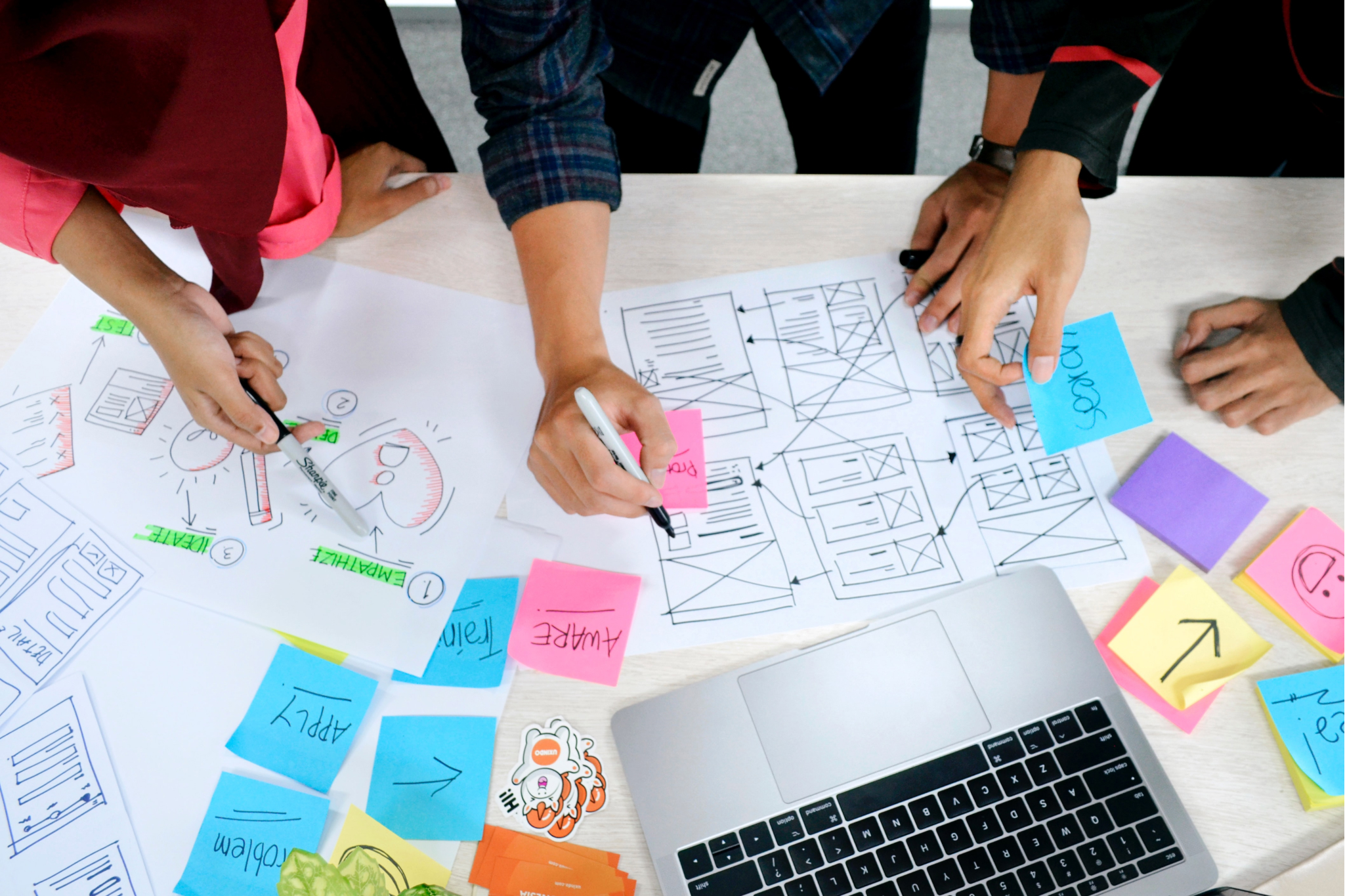最近以面试官的身份,参加了十几场UX校招面试。面试者讲述自己的作品集案例或design challenge作业时,常常会揪住逻辑漏洞发难,有时能听到有理有据的答案,但更多时候是“一问一个准儿”(果然是拍着脑袋想的)。事后不禁反思,如果换自己被问,要怎么回答。然后就想到了这篇旧文,写于2019年7月,最初发布在Medium上https://syjia.medium.com/。差不多三年过去,发现对这个问题的思考和感悟又多了一些,于是对内容进行了一些更新。
Communication skills are often ranked high among a UX Designer’s skills and qualifications. Instead of merely presenting wireframes or prototypes, a UX Designer should articulate a story to connect her design decisions with reasons, facts, thoughts, and arguments.
1. It's all about answering why
A design rationale is an explicit documentation of the reasons behind decisions made when designing a system or artifact.
I feel the general definition given by Wikipedia (see above) can also apply to the context of UX or Product design. It is all about answering WHY, and sometimes you also need to explain WHAT and HOW. Specifically, why you make a design decision (A design decision can be as big as organizing the user flow, creating a web page layout, or as small as picking colors or fonts.), what is the justification for it, and how it relates to the project/product goals.
Design Rationale helps ensure that all actions and decisions of a designer are thought out, which can further increase the potential for product success. By articulating design rationale, designers are aiming to convince team members (PMs, developers, other designers, etc.), stakeholders, and clients to accept their designs or solutions and foster agreements. That’s why people say a good designer must be a good communicator.
 Credit: Jason Goodman (from Unsplash)
Credit: Jason Goodman (from Unsplash)
2. Dos
During a design review or an interview, it’s always worth allocating enough time to relate design decisions to key findings taken from the previous step of the design process and explain what led you to the next step. Here are some tactics that I have learned from my working experience (dos):
Start with introducing the design problem, the target users, and give a high-level overview of the solution
Highlight the key messages without going into all the details, describing what questions you aimed to answer at each step, what methods you’ve chosen and why, and what are the insights that inspire your design (later you should be able to relate your design decisions back to your reasoning)
Frequently used messages as the justification of design decisions include prioritized user needs, business goals (like NPS or market differentiation), branding, research data **(e.g. user testing or validation results), **general design principles, etc.
Limitations and compromise can also be a good justification. In the real world, we often make tradeoffs and have to prioritize user needs and features
Before demonstrating the final prototypes, it’s a good practice to propose one key concept and **2–3 alternatives **in the form of pros and cons, which can make your thought process more visible and emphasize that the final solution is better than alternatives
Always ask yourself ‘why’ should you include/exclude an option and what is the expected outcome by doing so
 Credit: Joel Fulgencio (from Unsplash)
Credit: Joel Fulgencio (from Unsplash)
3. Don'ts
When presenting design rationale to internal and external stakeholders, a UX designer should create a structure and logic to her solutions, and avoid indulging in the design details. Here is a list of don’ts that you should be aware of:
Present prototypes without explaining the rationale and benefits behind your design
Design decisions are disconnected from your previous findings, or designs are contradictory to user needs or business goals
Always articulate your design decisions in the same way and don’t modify the content to accommodate different audiences or occasions (e.g. Marketing people care more about the consistency of brand VI, but UX design principles may not be a convincing reason from their perspective)
Say “I like the idea…”** Never use your personal preference as a reason**. It is common for designers to make decisions intuitively, but it doesn’t mean the decision is rootless. At its core, it is your experience or others’ successful practices that help you make a choice with certainty.
 Credit: UX Indonesia (from Unsplash)
Credit: UX Indonesia (from Unsplash)
4. Wrap up
Hopefully, now you are confident to back up the design decisions you made and communicate that clearly to your stakeholders. It is not only for getting agreements, but also a mindset practice. When you move through the design process, being intentionally and purposefully will take you where you need to go.
